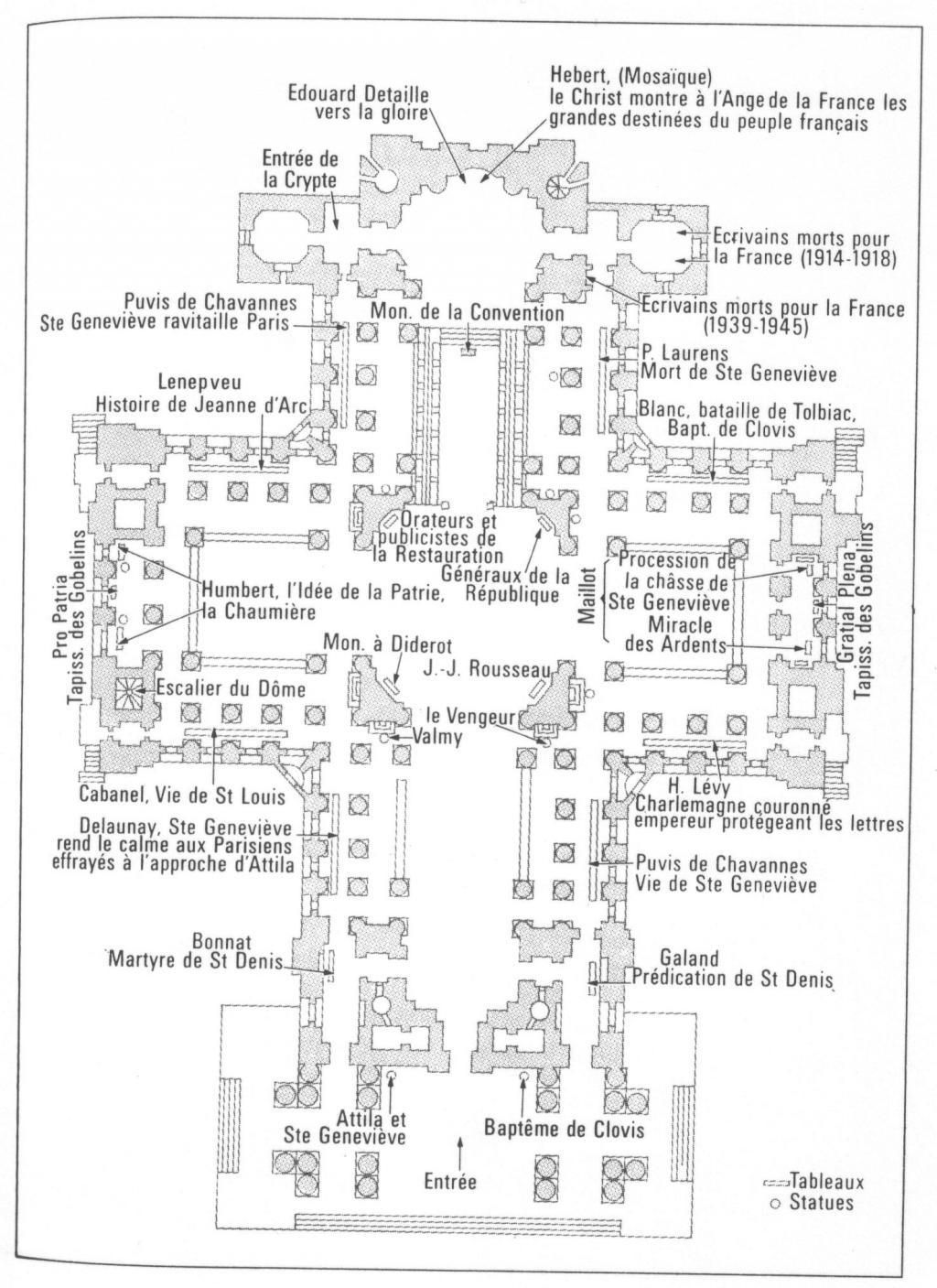Louis Braille
Birth Name:
Louis Braille
Birth Date:
January 4, 1809
Birth Place:
Coupvray, France
Death Date:
January 6, 1852
Place of Death:
Institut National des Jeunes Aveugles, boulevard des Invalides, 56 Paris, 75007 France
Age:
43
Cause of Death:
Tuberculois
Cemetery Name:
Le Panthéon
Claim to Fame:
Historical Figure
Louis Braille was a French educator and inventor of a system of reading and writing for use by the blind or visually impaired. His system remains virtually unchanged to this day, and is known worldwide simply as "braille".
Cemetery Information:
Grave Location:
CryptGrave Location Description
Enter through the main entrance, and go straight all the way to the back of the building. There will be a sign pointing left to go to the Crypt. Follow the signs and go down the staircase to the Crypt. In the Crypt, equal in size to the main hall above, though with space consumed by structural elements, you’ll see the tombs and memorials in various rooms branching out from the main hallway. Louis Braille is located in an alcove with Paul Painlevé and Jean Perrin.
Grave Location GPS
48.846314, 2.345669Visiting The Grave:
Photos:
[+]
[+]
[+]
[+]
[+]
[+]
[+]
[+]
[+]
[+]
[+]
[+]
[+]
FAQ's
Louis Braille was born on January 4, 1809.
Louis Braille was born in Coupvray, France.
Louis Braille died on January 6, 1852.
Louis Braille died in Institut National des Jeunes Aveugles, boulevard des Invalides, 56 Paris, 75007 France.
Louis Braille was 43.
The cause of death was Tuberculois.
Louis Braille's grave is in Le Panthéon
Read More About Louis Braille:
- Wikipedia Entry
- 19 Fascinating Facts About Louis Braille
- 7 surprising facts about Louis Braille
- How Louis Braille’s One Thing Changed the World
- Louis Braille: The Kid Who Created the Code
- The Power of Braille
- The Story of Louis Braille
- Louis Braille and the Braille System
- Death of Louis Braille
- The National Institute for Blind Youth (Institut national des jeunes aveugles, INJA)
Videos Featuring Louis Braille:
See More:
Back to Top





